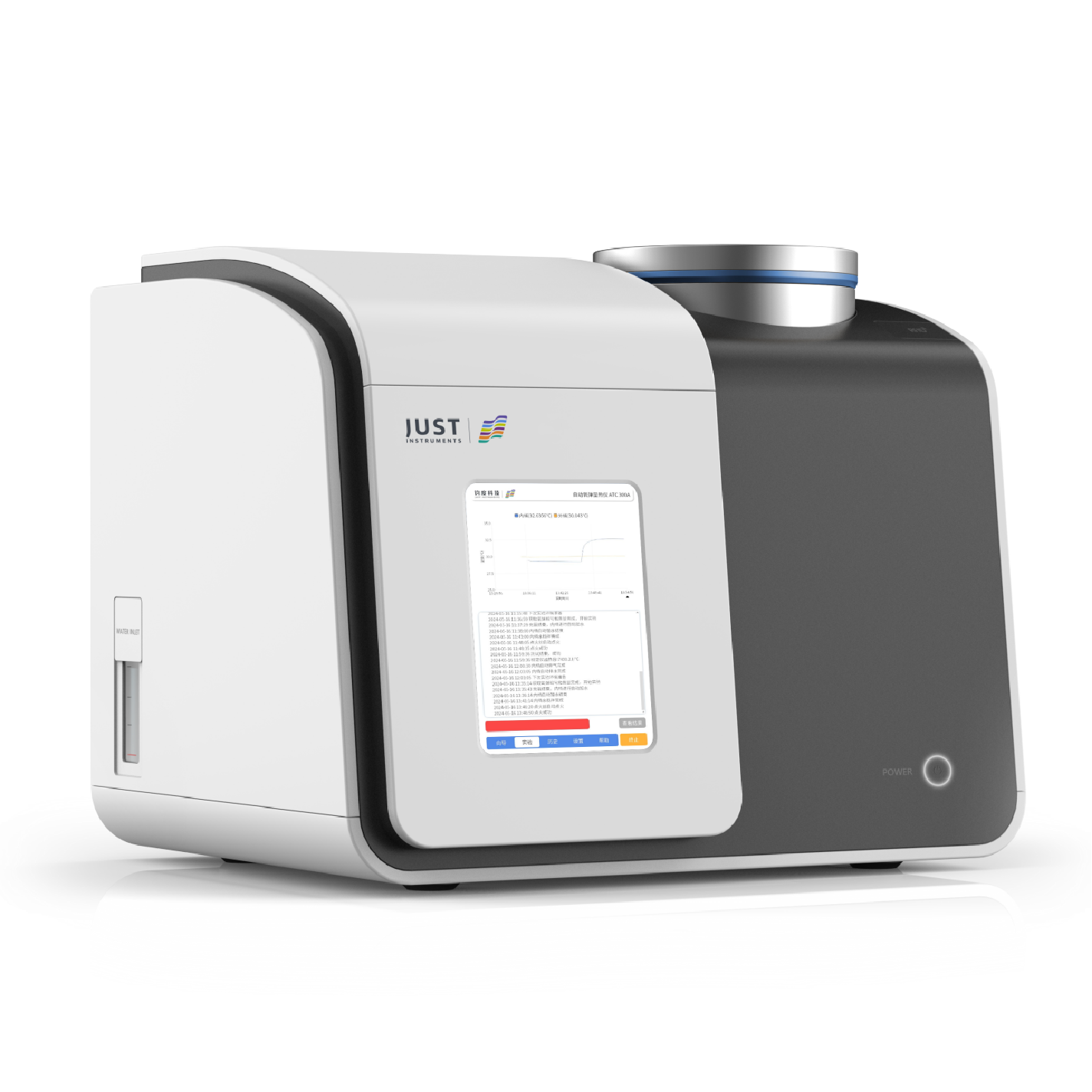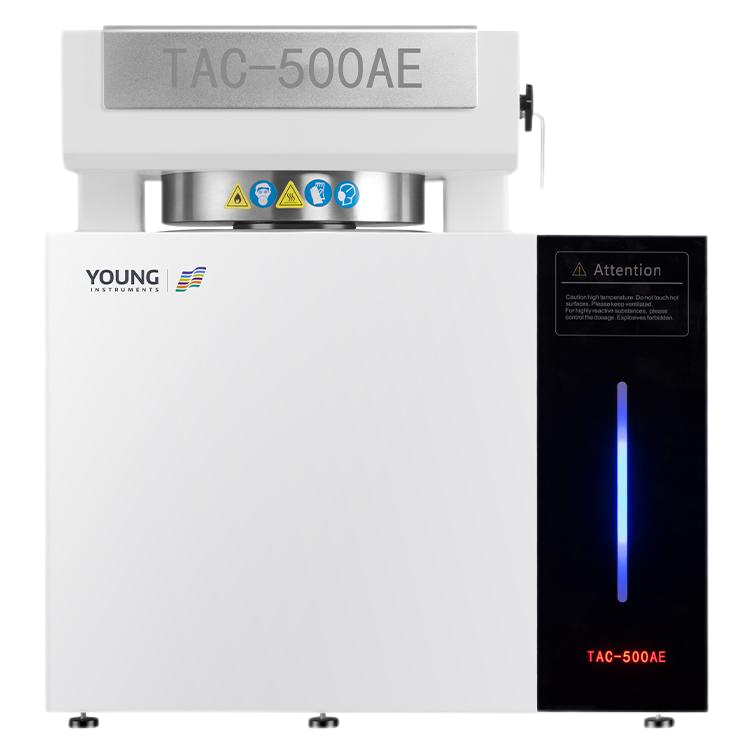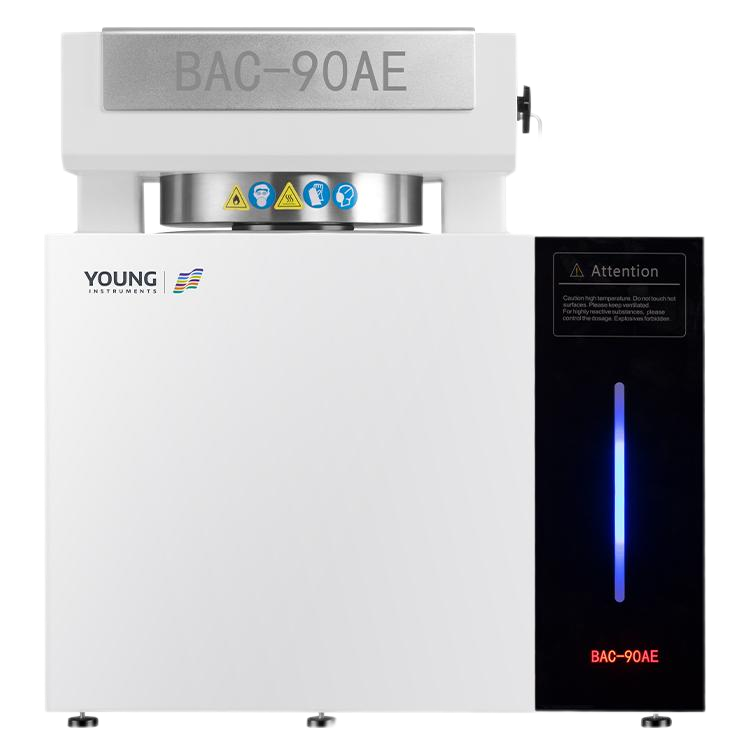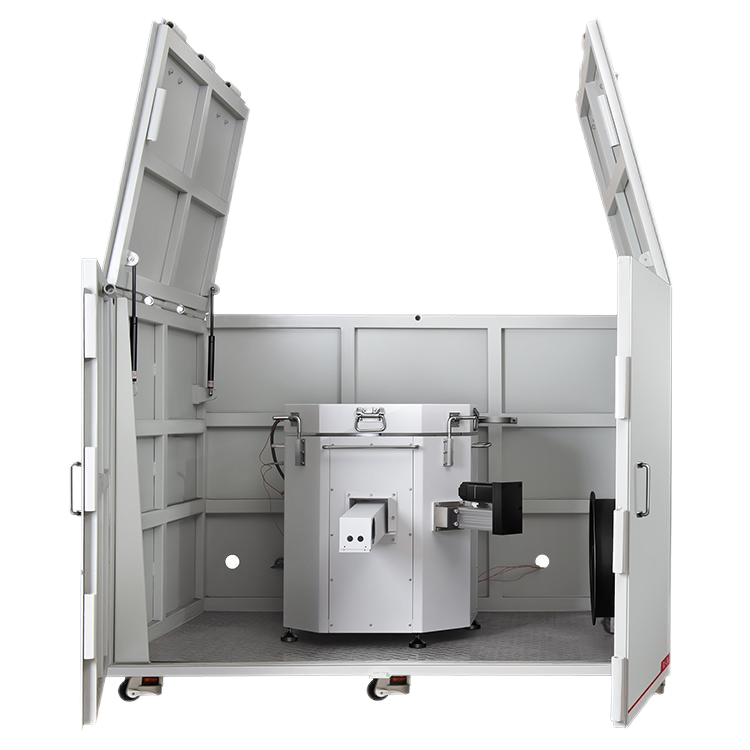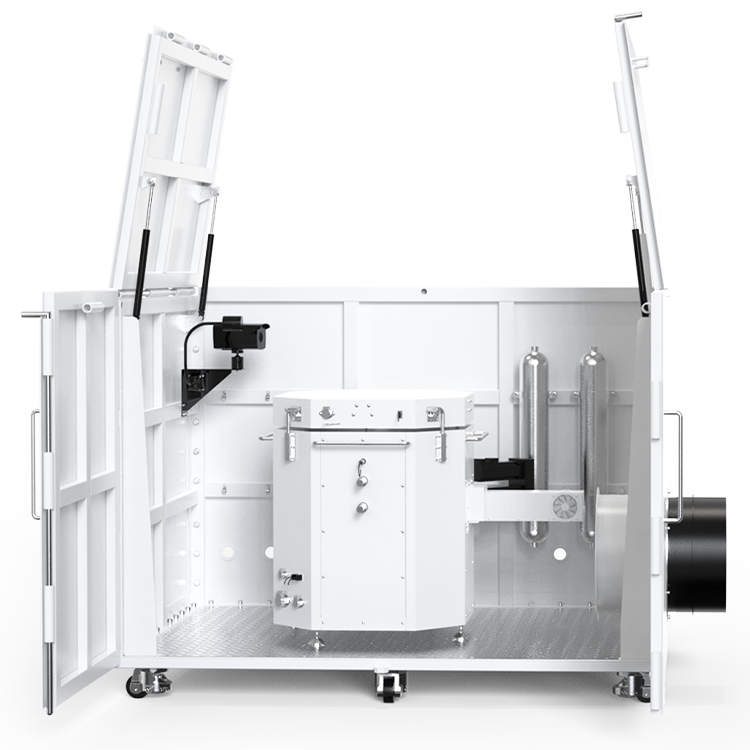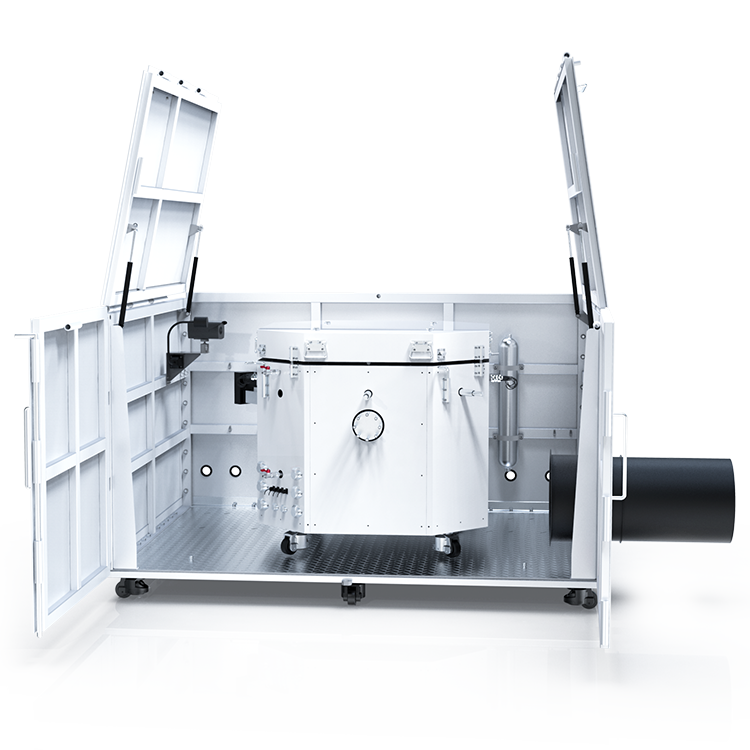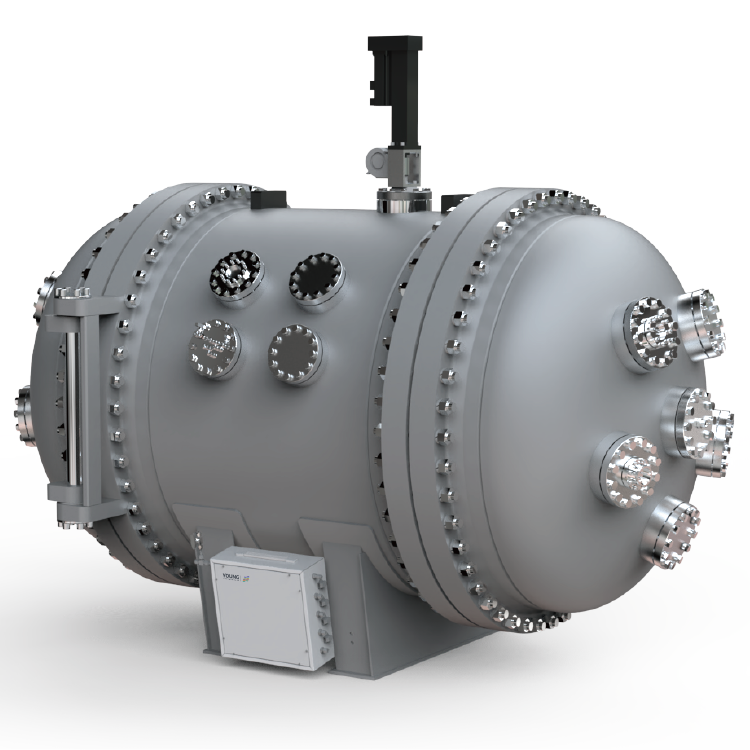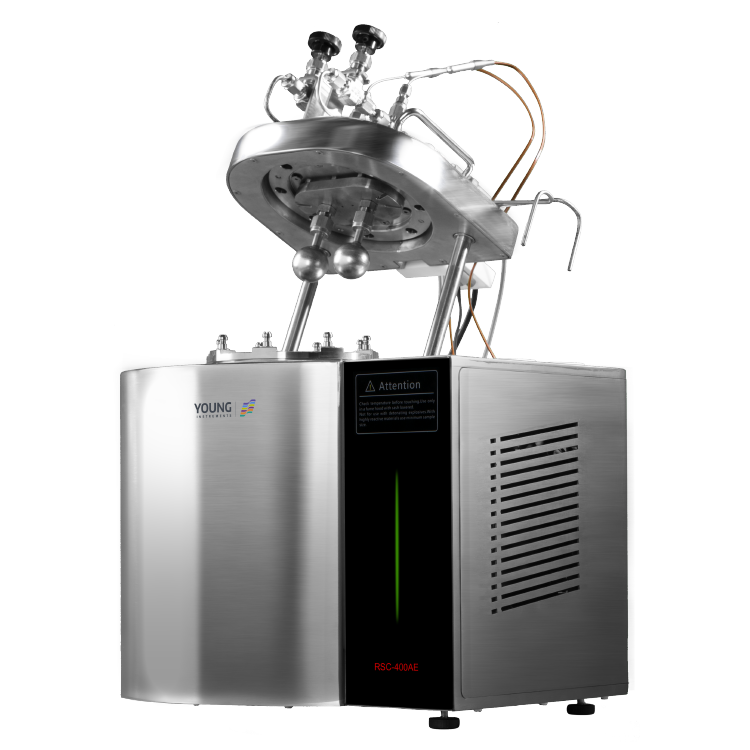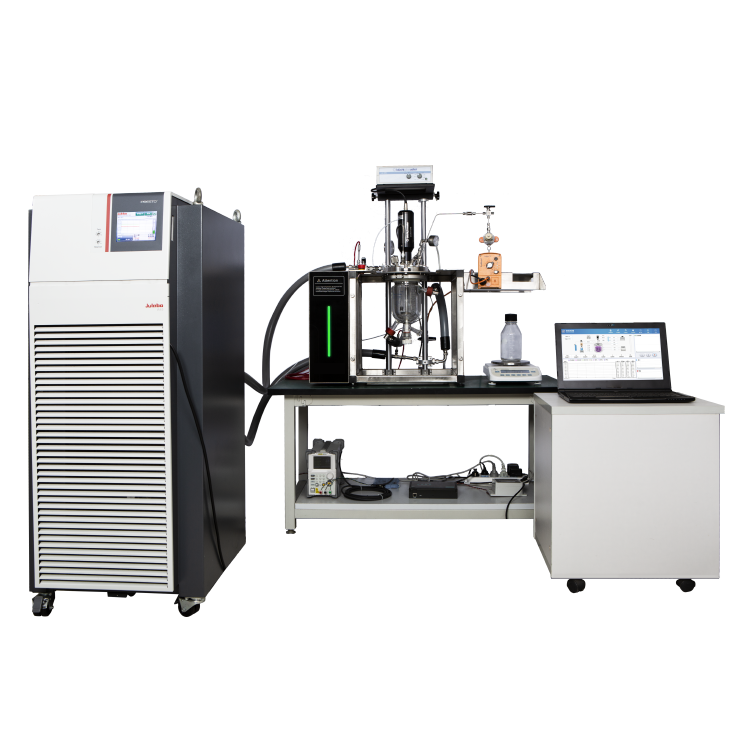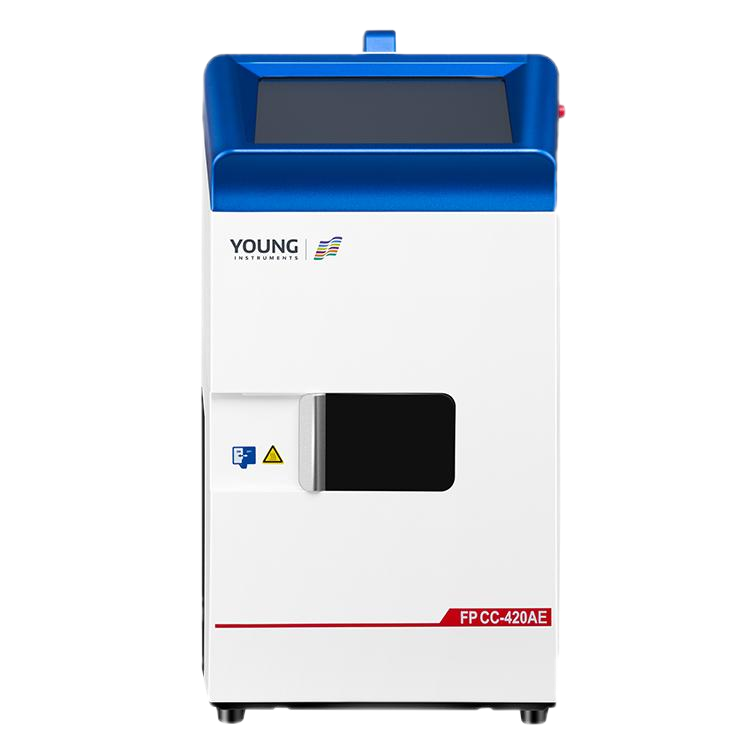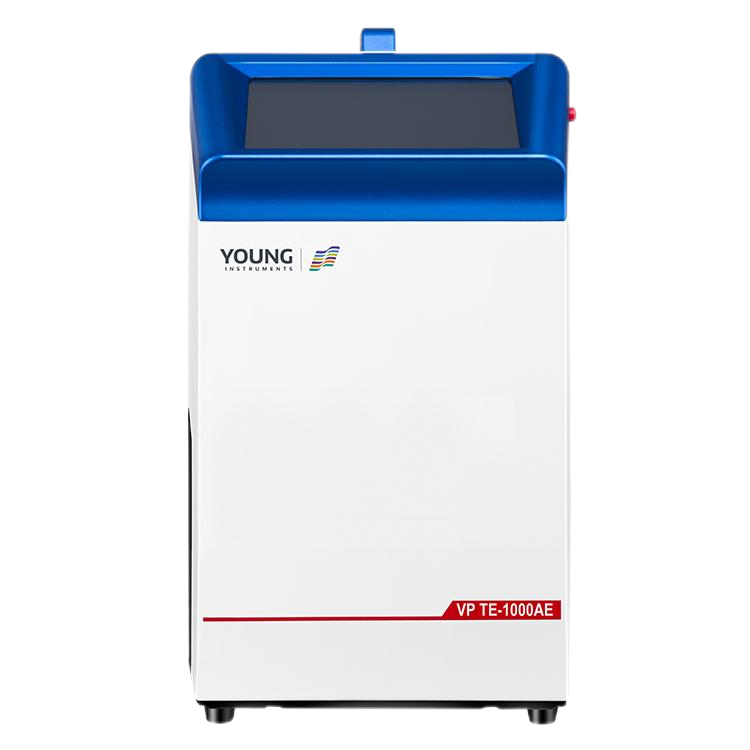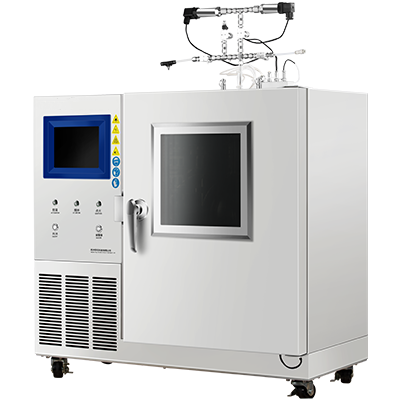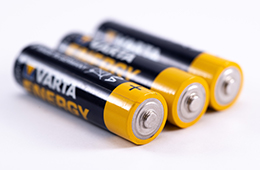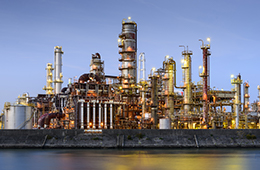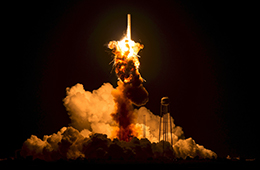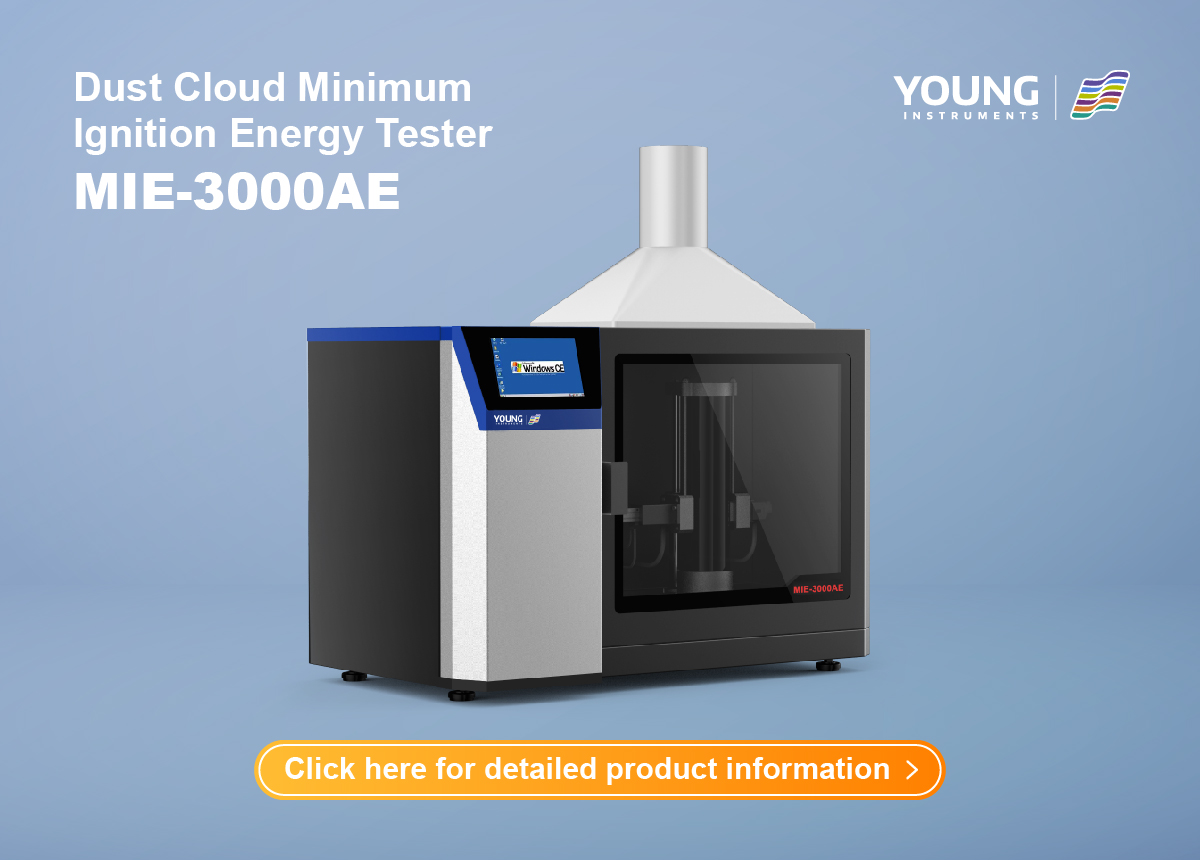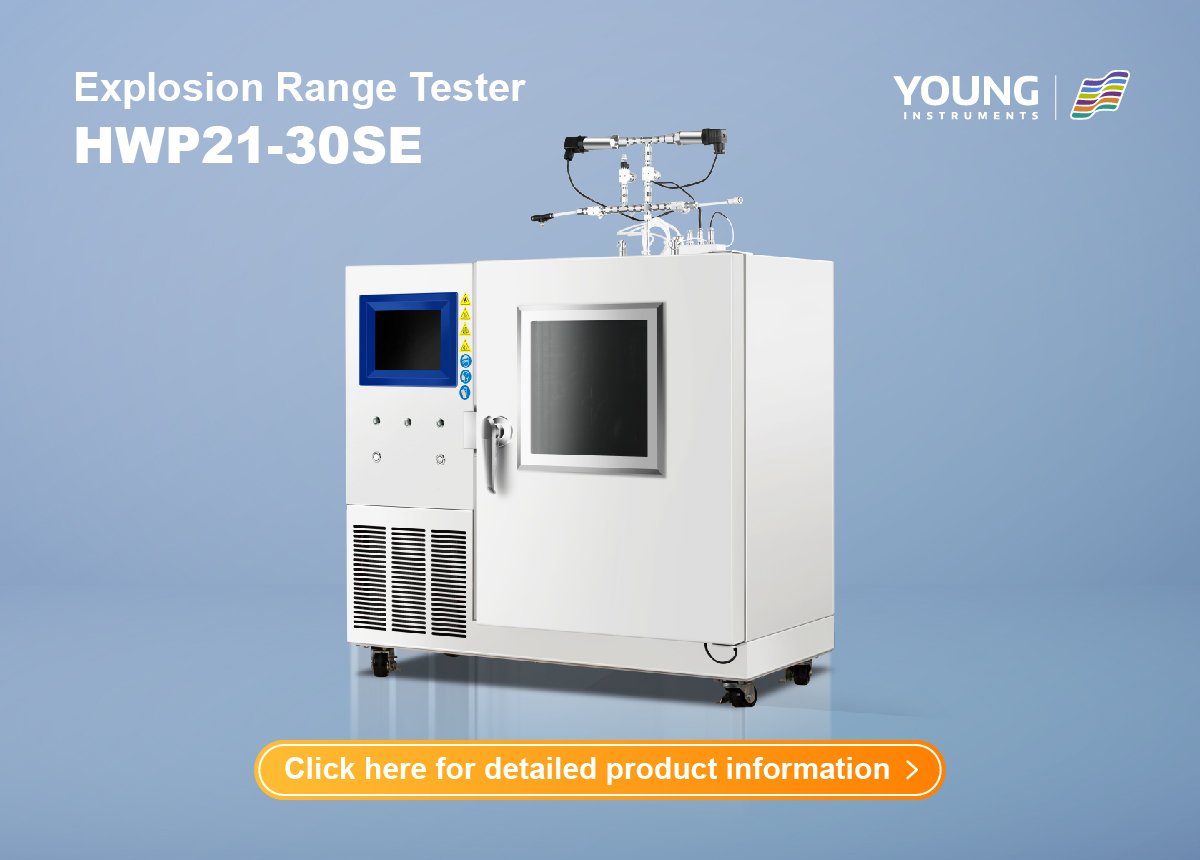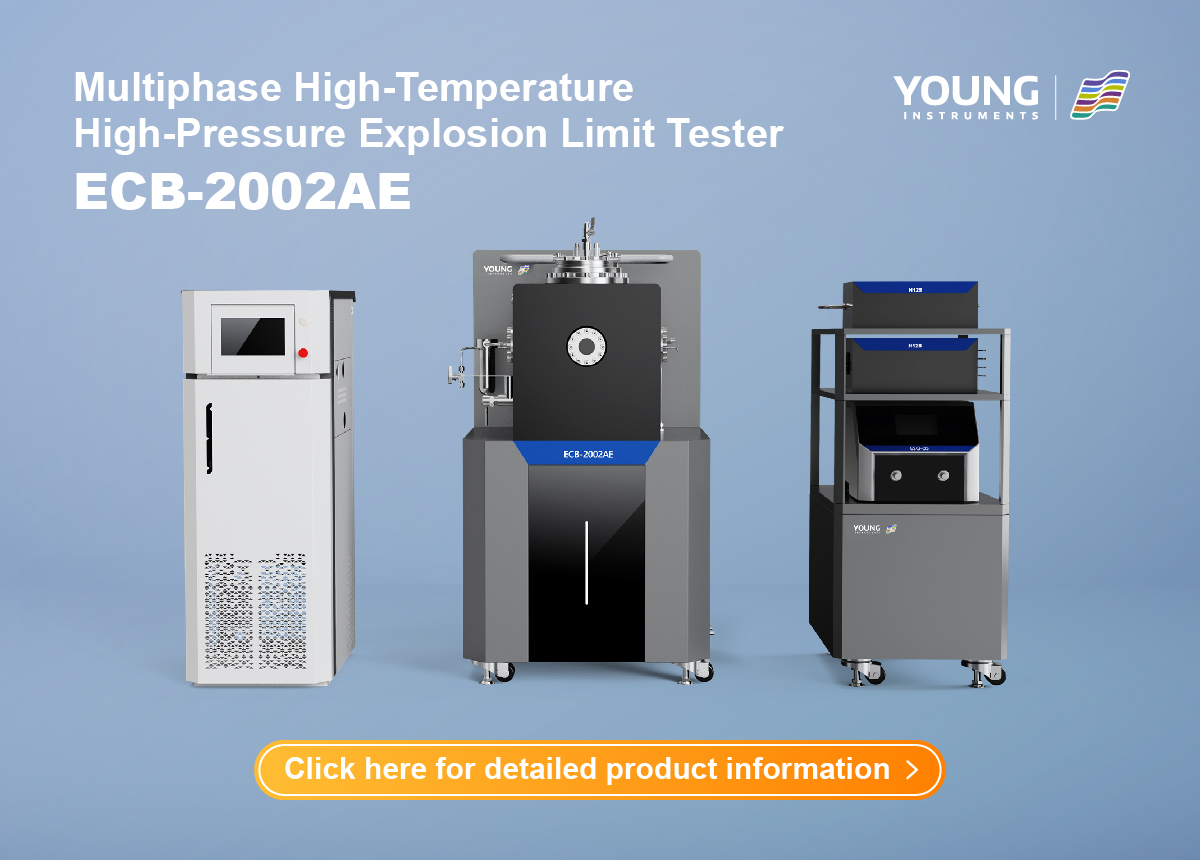MIT Dust Explosion Hazards and Testing Solutions
Imagine walking through a factory where the air is thick with fine dust particles. It seems harmless at first glance, but what if that dust could ignite in an instant, causing an explosive disaster? This is a real risk in various industries, from food processing to pharmaceuticals and metalworking. The key to preventing such catastrophic events lies in understanding the Minimum Ignition Temperature (MIT) of a dust cloud.
The MIT is the lowest temperature at which a dust cloud can spontaneously ignite. Knowing this critical value is essential for assessing the potential for dust explosions and designing appropriate safety measures. For instance, in environments with combustible dust, using equipment that could overheat and ignite the dust cloud could trigger a deadly explosion. Properly testing and monitoring MIT Dust Explosion is a fundamental step in ensuring worker safety and preventing catastrophic accidents.
In this blog, we will delve into the importance of MIT testing for dust explosions and introduce high-quality products that can help assess this critical safety factor.
The Importance of MIT Testing in Dust Explosion Prevention
To understand how dust explosions occur, we need to consider the two main forms of dust found in industrial environments: dust clouds and dust layers. These are distinct states in which dust can pose a risk of ignition, and testing them for their MIT is vital.
Dust Cloud MIT: This refers to the minimum temperature required for a dispersed dust cloud in the air to ignite. It occurs when the dust particles are suspended in the air at a concentration sufficient to support combustion. Dust clouds are particularly hazardous because they can form quickly and, if ignited, result in an explosive chain reaction.
Dust Layer MIT: In some industrial settings, dust accumulates on surfaces like equipment, floors, or pipes. This layer of dust can also become combustible if exposed to sufficient heat. However, a dust layer is less volatile than a dust cloud. While the cloud poses an immediate explosion risk, the layer could smolder for a longer time before reaching a dangerous state.
The presence of these two dust states means that an explosion can occur under a variety of conditions, and understanding the MIT for both is necessary for selecting the right equipment. By knowing the MIT Dust Explosion, safety measures such as explosion-proof electrical devices and proper ventilation systems can be put in place to mitigate risks.
MIT Dust Explosion Testing Equipment: The Best Solutions Available
At Hangzhou Zeal Instruments Science & Technology Co., Ltd., a leader in advanced industrial safety solutions, they offer a range of MIT Dust Explosion testing instruments to ensure safe working environments. Let’s explore three of their premier products designed for MIT dust explosion testing: Dust Cloud Minimum Ignition Energy Tester, Explosion Range Tester, and Multiphase High-Temperature High-Pressure Explosion Limit Tester.
Dust Cloud Minimum Ignition Energy Tester: Advanced Dust Explosion Test System
Features & Specifications:
Dust Cloud Minimum Ignition Energy Tester is designed for accurate and efficient testing of dust clouds, with a focus on both standard and customized parameter testing. Key features include:
International Standards Compliance: This product meets key testing standards like ASTM E2019, IEC 61241-2-3, and ISO/IEC 80079-20-2, ensuring its reliability and accuracy.
Automatic Spark Energy Adjustment: With the input of ignition energy values, this device automatically adjusts capacitor and voltage combinations to optimize test conditions.
Enhanced Operational Safety: A high-voltage charging module disconnection ensures that the device operates safely without the risk of electrical hazards.
Uniform Dust Distribution: The dust dispersion device guarantees the consistent distribution of dust samples for accurate and reliable test results.
Flexible Use: The instrument allows for convenient adjustments to electrode distance, powder pressure, and delay time, catering to different testing needs.
Specifications:
Operating Environment: 5°C to 45°C, <85% RH
Standard Spark Energy: 1mJ to 3000mJ
Charging Voltage: 0 to 15kV
Electrode Triggering: High-voltage relay or moving electrode trigger
Powder Pressure: 0.4MPa to 0.7MPa, adjustable
Interface: USB plug-and-play for easy data management
Dust Cloud Minimum Ignition Energy Tester provides a comprehensive solution for MIT testing, ensuring that both dust clouds and dust layers are accurately tested in a controlled and safe manner.
Explosion Range Tester: Explosion Pressure Relief Test System
Features & Specifications:
Explosion Range Tester is designed to provide precise control over explosive environments, making it ideal for MIT testing in both lab and industrial settings. This product stands out for its robust features, including:
Versatile Test Vessels: With optional 5L and 12L round glass test vessels, this system can accommodate different sample sizes. The gas mixing system ensures uniformity and compatibility with a wide range of dust types.
Automatic Ignition Control: The ignition process is automated, allowing for precise control over ignition times, which is essential for accurate MIT testing.
Explosion Pressure Relief Devices: To prevent catastrophic accidents, the system is equipped with pressure relief doors and a spring-loaded compression device to safely release any built-up pressure during testing.
Comprehensive Monitoring: The built-in air circulation system, pressure sensors, and thermocouples continuously monitor and record the temperature, humidity, and atmospheric pressure, ensuring that the test environment remains stable.
Specifications:
Temperature Control: -10°C to 210°C, ±1°C accuracy
Pressure Measurement Range: 0 to 110kPa, ±0.1%FS accuracy
Gas Pressure Control: Precise gas pressure ratio management with high-precision sensors
Stirring Speed: ≥300rpm for ensuring even gas and dust mixing
Explosion Range Tester is a reliable choice for controlled MIT testing, with an emphasis on safety and data precision.
Multiphase High-Temperature High-Pressure Explosion Limit Tester: Modular Test Chamber for Dust Explosion Research
Features & Specifications:
Multiphase High-Temperature High-Pressure Explosion Limit Tester offers a modular design for dust explosion research, providing flexibility for various experimental setups. Its notable features include:
316L Stainless Steel Chamber: Corrosion-resistant and durable, ensuring long-term reliability in challenging testing environments.
Precise Gas Control: The system uses a gas mixing algorithm to maintain precise concentrations, ensuring accurate test results.
Safety Interlocks: The system includes safety features such as safety valves, rupture discs and automatic shut-offs. Protects personnel and equipment.
Automatic Test Process:Every aspect of the test, from gas mixing to stirring, is controlled automatically. Makes it easy for operators to set up and monitor experiments.
Specifications:
Operating Environment: -5°C to 45°C, <95% RH
Test Chamber Temperature Control: RT to 200°C
Explosion Pressure Sensor: ≥5.0MPa with 1% FS linearity
Gas Mixing Accuracy: ±0.2%FS
Maximum Stirring Speed: 400rpm
The modular setup of the multiphase high-temperature and high-pressure explosion limit tester is ideal for institutions and companies that require flexible, precise control of dust explosion testing. Especially in an R&D environment.
Top Ten Hidden Dangers of Dust Explosions
While the importance of MIT testing cannot be overstated, understanding the hidden dangers of dust explosions is also crucial for preventing accidents. Here are the top ten risks associated with dust explosions:
Inadequate Safety Distance:Factories containing combustible dust in multi-story buildings may not maintain the necessary distance from residential or high-traffic areas. This increases the risk of explosion.
Shared Dust Collection Systems: When combustible dust is mixed with other explosive materials in the same ventilation system. Will increase the risk of explosion.
Lack of Explosion Control Measures: Some dust collection systems do not implement explosion protection measures such as inerting or suppression systems.
Improper Equipment Maintenance: Dust layers on equipment can lead to overheating, which might serve as the ignition source for a dust cloud.
Substandard Fire Protection: Fire prevention systems may be insufficiently designed to handle metal or wood dusts that have special explosion properties.
Uncontrolled Dust Accumulation: If not cleaned regularly. Accumulation of dust on floors, walls and equipment surfaces increases the risk of explosion.
Inadequate Electrical Protection: Failure to use explosion-proof electrical equipment in hazardous dust zones is a major cause of ignition.
Mechanical Ignition Sources: Inadequately maintained grinding or mixing equipment can generate sparks that ignite suspended dust.
Failure to Use Spark Detection Systems: Lack of spark detection in dust-laden airflows can lead to undetected ignition sources.
Lack of Dust Cleaning Protocols: Without a rigorous dust removal program, the dust buildup can become large enough. This causes a catastrophic explosion.
Conclusion
Dust explosions pose a serious threat to workers and industrial facilities. By understanding the importance of MIT testing and taking advantage of advanced testing equipment. Companies can better assess and mitigate the risk of such hazardous events. The products offered by Hangzhou Zeal Instruments Science & Technology Co., Ltd., like Dust Cloud Minimum Ignition Energy Tester, Explosion Range Tester, and Multiphase High-Temperature High-Pressure Explosion Limit Tester, are top-of-the-line solutions for testing and ensuring the safety of industrial environments.
With its cutting-edge technology, compliance with international standards and commitment to safety. These instruments are important tools in any facility’s explosion risk management strategy.







